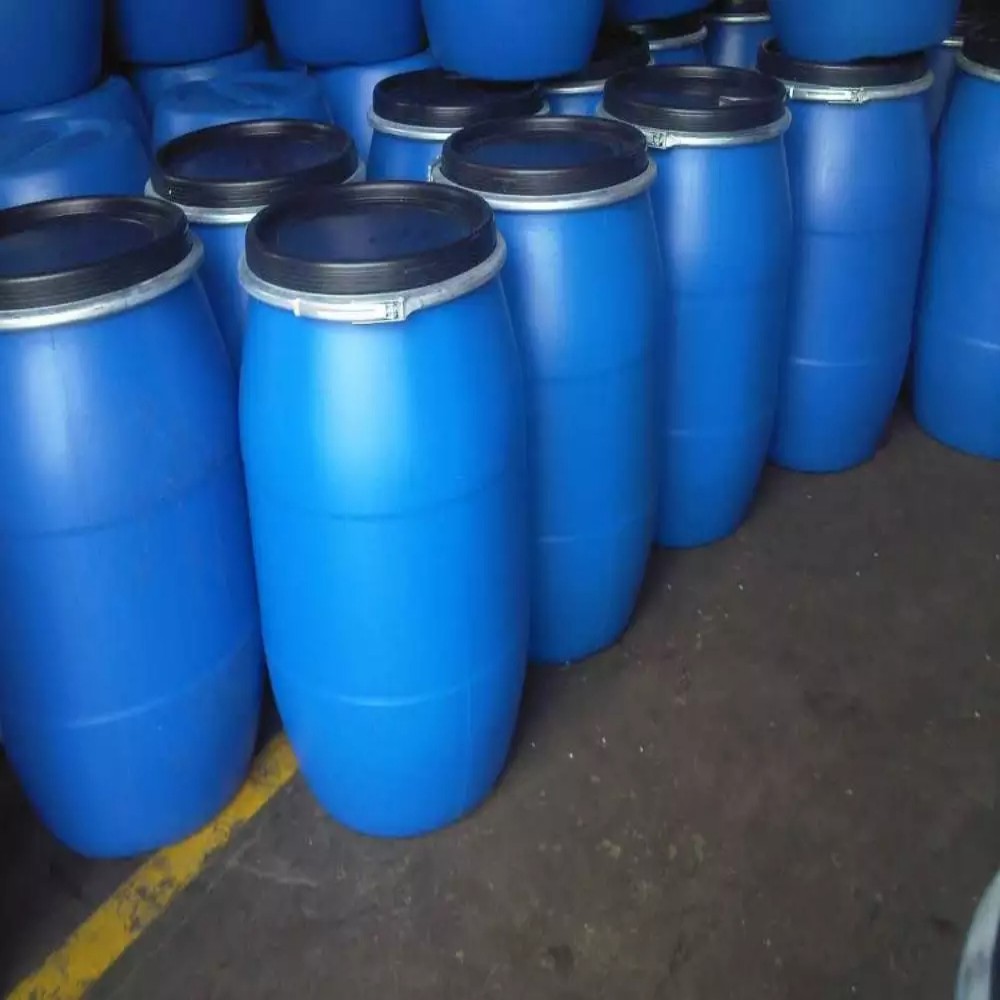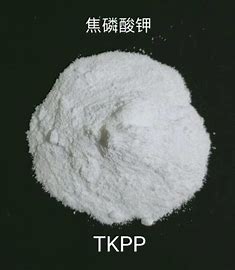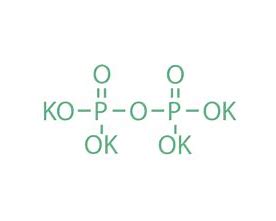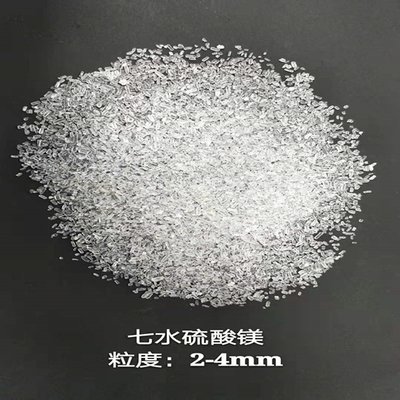Sodium Chlorate/CAS7775-09-9/EINECS231-887-4
A Comprehensive Analysis of the Core Information of Sodium Chlorate: From Basic Properties to Safe Applications

I. Basic Identification and Core Data of Sodium Chlorate
- Unique Identification Codes: PubChem CID is 516902, CAS number is 7775 – 09 – 9, EINECS number is 231 – 887 – 4, and UN numbers are 1495 (solid) and 2428 (aqueous solution). These various codes ensure its precise identification in the field of chemistry.
- Chemical Structure and Composition: The molecular formula is NaClO₃, composed of sodium ions (Na⁺) and chlorate ions (ClO₃⁻). The 2D structure presents a specific ionic combination form, and the 3D structure has limitations in configuration generation due to the presence of special elements and valence states of atoms. The crystal structure belongs to the P 1 21/a 1 space group, with unit cell parameters a = 8.78 Å, b = 5.17 Å, c = 6.88 Å, α = 90°, β = 110°, and γ = 90°.
- Diverse Naming System: Chinese aliases include White Sodium, Chloric Acid Ruda, etc.; English synonyms include Natriumchlorat, chlorate de sodium, etc.; the IUPAC name is Sodium; Chlorate. There are also numerous common names in the industry and trade names, such as Atragor, Agrasan, etc.
II. In – Depth Interpretation of the Physical and Chemical Properties of Sodium Chlorate
(I) Physical Properties
- Appearance and Morphology: Under normal conditions, it is an odorless pale yellow to white crystalline solid, and the aqueous solution is a transparent and colorless liquid. commonly found in the forms dry powder, granules, crystals.
- Solubility: It has excellent water solubility, with a solubility of 1000 g/L at 20°C, 790 g/L at 0°C, and it can increase to 2300 g/L at 100°C. It is also soluble in ethanol, ethylene glycol, liquid ammonia, etc. The presence of sodium chloride will reduce its solubility in water.
- Melting Point and Density: The melting point is 248 – 261°C (decomposition). The density is 2.49 at 59°F (about 15°C), and 2.5 g/cm³ at 25°C. It is heavier than water and will sink and dissolve rapidly when put into water.
- Other Parameters: The vapor pressure is negligible at room temperature; the refractive index is 1.515 (20°C); it has a certain deliquescence and will absorb water vapor and transform into a solution in a high humidity environment.
(II) Chemical Properties
- Oxidation Property: Although it is not flammable itself, both the solid and the 30% aqueous solution are strong oxidants. Its oxidation ability is limited in neutral or weakly alkaline environments, but its oxidation performance is significantly enhanced under acidic conditions or in the presence of induced oxidants and catalysts.
- Reactivity: It releases chlorine dioxide when reacting with acids; when in contact with wood, organic substances, ammonium salts, sulfur, etc., especially in a finely divided solid state, it is extremely likely to cause fire or explosion. When heated above 300°C, it decomposes and releases oxygen, and it completely decomposes at high temperatures.
- Stability: Under normal temperature, if there are no acidic, oxidizable substances or ammonium salts, it is relatively stable. Otherwise, when it encounters organic materials, it will pose a serious fire hazard.
- Corrosiveness: It is corrosive to zinc and low – carbon steel, and the aqueous solution is neutral.
III. Application Scenarios and Fields of Sodium Chlorate
- Agricultural Weeding Field: As a non – selective herbicide, it is widely used for weeding in non – cultivated land and wasteland. It has a rooting – out effect on plants of the Compositae and Gramineae families.
- Industrial Production Applications: It is a key raw material for the manufacture of chlorites and perchlorates. It plays an important role in the production processes of dyes, explosives, matches, inks, cosmetics, pharmaceuticals, paper, and leather. It is also used as a paper bleaching agent and an oxidant in various chemical reactions.

IV. Safety Risks and Prevention Key Points of Sodium Chlorate
(I) Hazard Identification
- Risk Categories: It belongs to oxidizing substances, harmful substances, and environmentally hazardous substances. The hazard symbols are O (oxidizing), Xn (harmful), and N (environmentally hazardous).
- Risk Phrases: Harmful if swallowed (R22); Toxic to aquatic organisms, posing a threat to the water environment (R51/53); Explosive when mixed with combustible materials (R9).
(II) Safety Protection Measures
- Operation Protection: Operators need to wear professional protective equipment to avoid dust contacting the skin, mucous membranes, and eyes. Once sodium chlorate comes into contact with the body, rinse immediately with a large amount of clean water.
- Storage and Transportation: When storing, keep it away from food, beverages, animal feed, and combustible substances. During transportation, follow the relevant specifications of UN 1495 (solid) and UN 2428 (aqueous solution) to ensure good environmental ventilation.
- Emergency Treatment: If accidentally swallowed, seek medical attention immediately and present the container or label; avoid releasing it into the environment, and strictly refer to the safety data sheet for accident handling.
| 名称 | 氯酸钠 | Sodium Chlorate | 塩素酸ナトリウム | 염소산나트륨 |
| 别名 | 白药钠、工业氯酸钠、氯酸钠溶液等 | Natriumchlorat、chlorate de sodium 等 | 塩酸ソーダ、白薬ナトリウム、塩素酸ナトリウム、塩酸ルーダ、塩素酸ナトリウム(工業用)、塩素酸ナトリウム溶液 | 백약나트륨, 염소산루다, 산업용 염소산나트륨, 염소산나트륨 용액 등 |
| CAS 号 | 7775-09-9 | 7775-09-9 | 7775-09-9 | 7775-09-9 |
| EINECS 号 | 231-887-4 | 231-887-4 | 231-887-4 | 231-887-4 |
| 化学式 | NaClO₃ | NaClO₃ | NaClO₃ | NaClO₃ |
| 分子量 | 106.441 | 106.441 | 106.441 | 106.441 |
| InChI | InChI=1/ClHO₃.Na/c2-1(3)4;/h(H,2,3,4);/q;+1/p-1 | InChI=1/ClHO₃.Na/c2-1(3)4;/h(H,2,3,4);/q;+1/p-1 | InChI=1/ClHO₃.Na/c2-1(3)4;/h(H,2,3,4);/q;+1/p-1 | InChI=1/ClHO₃.Na/c2-1(3)4;/h(H,2,3,4);/q;+1/p-1 |
| 熔点 | 248 – 261℃(分解) | 248 – 261°C (decomposes) | 248 – 261℃(分解) | 248 – 261℃(분해) |
| 水溶性 | 20℃时 1000 g/L;0℃时 790g/L,可溶于乙醇、乙二醇、液氨 | Solubility in water is 1000 g/L at 20°C; 790g/L at 0°C. Soluble in ethanol, ethylene glycol, liquid ammonia | 20℃で 1000 g/L、0℃で 790g/L、エタノール、エチレングリコール、液アンモニアに可溶 | 20℃에서 1000 g/L; 0℃에서 790g/L, 에탄올, 에틸렌 글리콜, 액체 암모니아에 녹아 내림 |
| 物理性质 | 无色或白色立方晶系结晶。味咸而凉。相对密度 2.490。易溶于水,溶于乙醇、液氨、甘油 | Colorless or white cubic crystal system. The taste is salty and cool. Relative density 2.490. Easily soluble in water, soluble in ethanol, liquid ammonia, glycerin | 無色または白色の立方晶系結晶。味は塩辛くて涼しい。相対密度 2.490。水に易溶で、エタノール、液アンモニア、グリセリンに溶ける | 무색 또는 백색의 입방정계 결정. 맛은 짜고 시원하다. 상대 밀도 2.490. 물에 쉽게 녹이며, 에탄올, 액체 암모니아, 글리세린에 녹아 내림 |
| 化学性质 | 加热到 300℃以上易分解放出氧气。在中性或弱碱性溶液中氧化能力较低,在酸性溶液中或有诱导氧化剂和催化剂存在时是强氧化剂。与酸类作用放出二氧化氯。与硫、磷及有机物混合或受撞击易引起燃烧和爆炸。对锌和碳钢有腐蚀性。有潮解性,在湿度很高的空气中能吸收水气而成溶液 | It is easy to decompose and release oxygen when heated above 300°C. The oxidation ability is low in neutral or weakly alkaline solutions, and it is a strong oxidant in acidic solutions or in the presence of induced oxidants and catalysts. Reacting with acids releases chlorine dioxide. Mixing with sulfur, phosphorus, and organic substances or being impacted is likely to cause combustion and explosion. It is corrosive to zinc and carbon steel. It has deliquescence and can absorb water vapor in a very humid air to form a solution | 加熱すると 300℃以上で酸素を放出しやすい。中性または弱アルカリ性溶液中では酸化能力が低いが、酸性溶液中や誘導酸化剤と触媒が存在すると強い酸化剤となる。酸類と作用すると二酸化塩素を放出する。硫黄、燐、有機物と混合するか、衝撃を受けると燃焼や爆発を起こしやすい。亜鉛と炭素鋼に対して腐食性がある。潮解性があり、湿度の高い空気中では水分を吸収して溶液となる | 300℃ 이상으로 가열하면 산소가 쉽게 분해되어 방출됩니다. 중성 또는 약 알칼리성 용액에서는 산화 능력이 낮지만, 산성 용액이나 유도 산화제 및 촉매가 있는 경우 강력한 산화제로 작용합니다. 산과 반응하면 이산화 염소가 방출됩니다. 유황, 인 및 유기물과 혼합하거나 충격을 받으면 연소 또는 폭발이 쉽게 발생합니다. 아연과碳素강에 부식성을 가지며, 습도가 높은 공기에서 수증기를 흡수해 용액으로 변화되는 특성이 있습니다. |
| 制法 | 可由氯化钠的浓酸溶液在 80~90℃电解所得 | It can be obtained by electrolyzing a concentrated acid solution of sodium chloride at 80-90°C | 塩化ナトリウムの濃酸溶液を 80~90℃で電解することで得られる | 염화나트륨의 농축된 산성 용액을 80~90℃에서 전해하여 제조할 수 있습니다. |
| 用途 | 灭生性除草剂。用于非耕地和开垦荒地的灭生性除草,对多种植物有效,可与其他除草剂混用。主要用于制造亚氯酸盐及高氯酸盐,还用于染料、炸药、火柴、油墨、化妆品、药品、纸张、皮革生产等,也用作纸张漂白剂、氧化剂 | Non-selective herbicide. Used for non-selective weeding of non-cultivated land and reclaimed wasteland, effective against a variety of plants, and can be mixed with other herbicides. Mainly used for the manufacture of chlorites and perchlorates, and also used in the production of dyes, explosives, matches, inks, cosmetics, pharmaceuticals, paper, leather, etc. Also used as a paper bleaching agent and oxidant | 無選択性除草剤。非耕地や荒地開拓時の除草に広く用いられる。菊科、イネ科植物に根絶効果があり、根の深い多年生イネ科雑草にも効果的。全ての緑色植物に強い植物毒性があり、植物の根、茎はそれを吸収する。一般的に植物の生長旺盛期に薬を散布する。用量は雑草の種類、数量、大きさによって異なる。水を加えて散布するか、直接粉末を撒くことができ、モロキシン、ジカムバ、ダイカンバなどの残留性有機除草剤と混合して無選択性除草剤として用いることもできる。主に亜塩素酸塩や過塩素酸塩の製造に用いられ、除草剤、酸化剤としても用いられる | 비선택적 제초제. 비경작지와 개간지의 제초 작업에 사용되며, 다양한 식물에 효과적이며, 다른 제초제와 혼합하여 사용할 수 있습니다. 주로 아연염소산나트륨 및 과염소산나트륨 등을 제조하는 데 사용되며, 염료, 炸药,성냥, 잉크, 화장품, 의약품, 종이, 가죽 생산 등에도 사용되며, 종이 표백제, 산화제로도 사용됩니다. |
| 危险性 | 氧化性物品、有害物品、危害环境的物品。吞食有害。对水生生物有毒,可能对水体环境产生长期不良影响。与可燃物料混合有爆炸性 | Oxidizing substance, harmful substance, environmentally hazardous substance. Harmful if swallowed. Toxic to aquatic organisms, may cause long-term adverse effects in the aquatic environment. Explosive when mixed with combustible materials | 酸化性物質、有害物質、環境に有害な物質。飲み込むと有害。水生生物に有毒で、水環境に長期的な悪影響を与える可能性がある。可燃性物質と混合すると爆発性がある | 산화성 물질, 유해 물질, 환경에 해로운 물질. 섭취 시 유해합니다. 수생 생물에게 독성이 있으며, 수질 환경에 장기적인 악영향을 미칠 수 있습니다. 가연성 물질과 혼합 시 폭발 위험이 있습니다. |
| 安全措施 | 远离食品、饮料和动物饲料保存。远离可燃性物质。若不慎吞食,立即求医并出示其容器或标签。避免释放至环境中。参考特别说明 / 安全数据说明书 | Keep away from food, beverages and animal feed. Keep away from combustible substances. If swallowed accidentally, seek medical advice immediately and show its container or label. Avoid releasing it into the environment. Refer to special instructions/safety data sheet | 食品、飲料、動物飼料から遠ざけて保管する。可燃性物質から遠ざける。誤飲した場合は、直ちに医師を求め、容器やラベルを提示する。環境中に放出しないようにする。特別な指示 / 安全データシートを参照する | 식품, 음료 및 동물 사료로부터 멀리 보관합니다. 가연성 물질로부터 멀리 떨어뜨립니다. 실수로 섭취한 경우 즉시 의료 조치를 취하고 용기나 라벨을 제시합니다. 환경으로 방출하지 않도록 합니다. 특별 지침/안전 데이터 시트를 참고합니다. |
| 危险品运输编号 | UN 1495 | UN 1495 | UN 1495 | UN 1495 |
| 上游原料 | 纯碱、硫酸铅、氯化钡、氯化钠、氢氧化钠、盐酸 | Soda ash, Lead sulfate, Barium chloride, Sodium chloride, Sodium hydroxide, Hydrochloric acid | 純アルカリ、硫酸鉛、塩化バリウム、塩化ナトリウム、水酸化ナトリウム、塩酸 | 순탄산나트륨, 황산납, 염화베륨, 염화나트륨, 수산화나트륨, 염산 |
| 下游产品 | 亚氯酸钠、二氧化锰、铂、钯、氧化苯乙烯、高氯酸 | Sodium chlorite, Manganese dioxide, Platinum, Palladium, Styrene oxide, Perchloric acid | 亜塩素酸ナトリウム、二酸化マンガン、白金、パラジウム、酸化スチレン、過塩素酸 | 아연염소산나트륨, 이산화망간, 백금, 팔라듐, 스티렌 옥사이드, 과염소산 |







